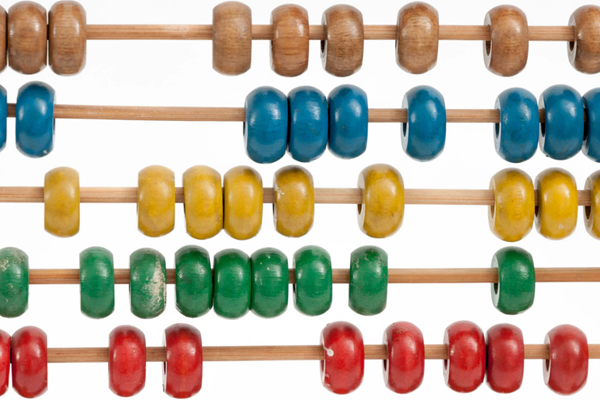Counting in Mandarin

In any new language, learning to count is important. So today, I’ll start with the words for the numbers from 0 to 100.
The primary digits are as follows:
零 (Líng) is zero
一 (Yī) is one
二 (Èr) is two
三 (Sān) is three
四 (Sì) is four
五 (Wǔ) is five
六 (Liù) is six
七 (Qī) is seven
八 (Bā) is eight
九 (Jiǔ) is nine
十 (Shí) is ten
To form the values from 11 to 19, we use ten followed by the digit. So
十一 (Shíyī) is eleven
十二 (Shí’èr) is twelve
and so on up to 19.
To make multiples of ten, we use a digit before the ten:
五十 (Wǔshí) is fifty (5 followed by 10)
九十 (Jiǔshí) is ninety (9 followed by 10)
And then to make the other values, we use a digit before and after the ten:
五十三 (Wǔshísān) is fifty-three (five tens and three)
So that covers all from 0 to 99.
2019-03-15
